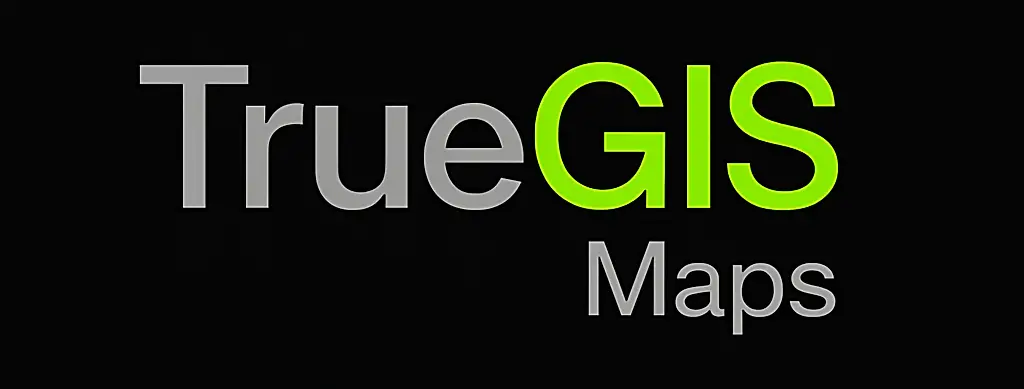Printing to Scale in the Browser with TrueGIS
If your deliverable requires a map at a known scale—say
1:5,000—you should use TrueGIS’s
Scaled Print. This article explains what scale means,
how to frame your map with the preview, and how to avoid the most
common pitfalls.
What does 1:5,000 actually mean?
A map scale of 1:5,000 means
1 unit on paper equals 5,000 of the same units in the real
world. If you measure 2 cm on the print, that represents 100 m on the
ground. TrueGIS’s scale presets (e.g., 1:2,500,
1:5,000, 1:10,000, 1:25,000,
1:50,000) give you practical, familiar options.
Set up a scaled export
- Open TrueGIS and sketch your area of interest (points, lines, polygons, circles, squares).
- In Print Settings, select a Scale preset and choose Orientation (Landscape or Portrait).
- Toggle Show Print Area to reveal the print frame.
- Pan/zoom so your key content sits neatly inside the frame—leave a margin if you’ll add notes later.
- Click Scaled Print to export.
Styling for readability at scale
- Contrast is king: Choose feature colors that pop against the basemap.
- Use semi-transparent fills: 0.3–0.5 keeps the basemap visible under polygons.
- Right-size your strokes: Thicker looks better on screen, but can print heavy—dial it back before export.
Preview frame = predictable output
The preview frame shows your exact page coverage at the chosen scale/orientation. If your area doesn’t fit, either change the orientation or adjust the scale to a more appropriate preset.
Common pitfalls (and fixes)
- Printed area doesn’t match expectations: Ensure Show Print Area was on and the frame was positioned correctly before exporting.
- Scale accuracy concerns: Always use Scaled Print—Quick Print is for fast captures, not controlled scale.
- Features look too bold in print: Lower stroke width or opacity, then re-export.
When to use Quick Print instead
If you don’t need a defined scale and just want to share the current view (e.g., a question to a teammate), Quick Print is faster.
That’s it. Use the scale presets, preview the frame, style for legibility, and export. For a tour of everything the app can do, see TrueGIS Maps: What It Does, Who It’s For, and How It Works.
